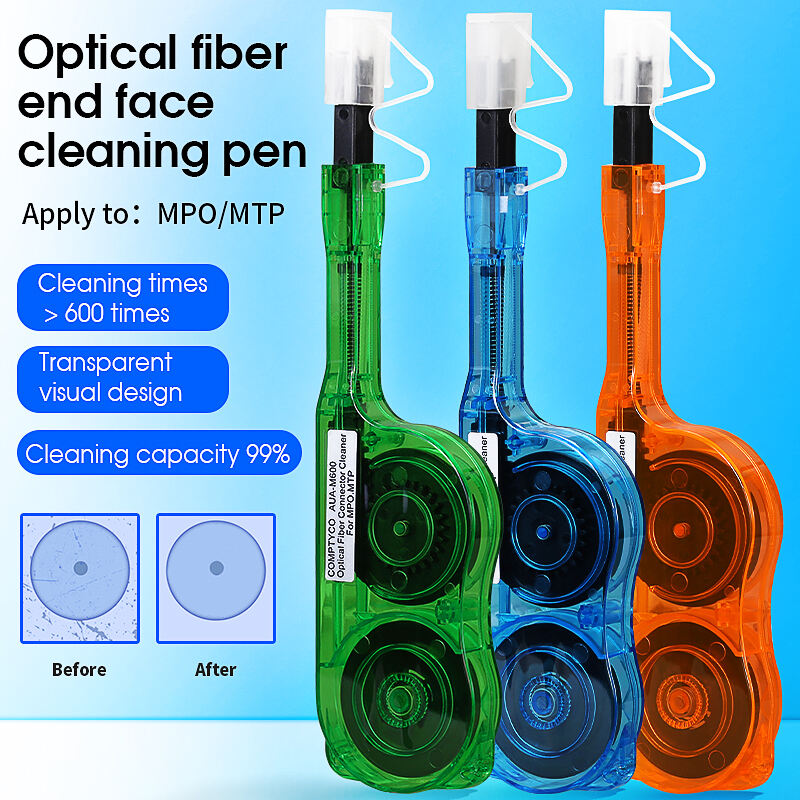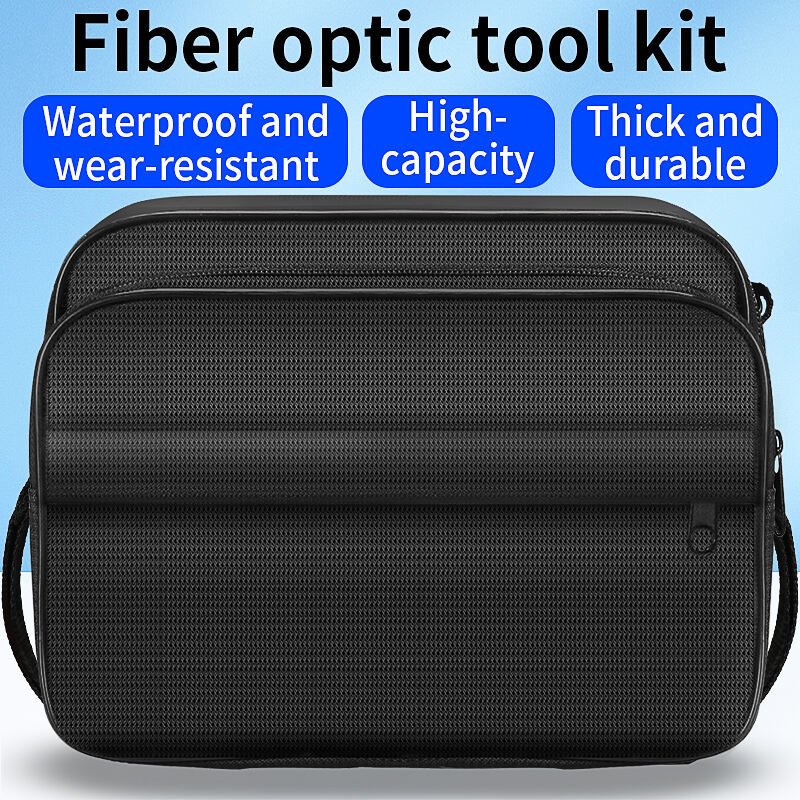network otdr
A Network OTDR (Optical Time Domain Reflectometer) is a sophisticated diagnostic device essential for maintaining and troubleshooting fiber optic networks. This advanced instrument operates by sending light pulses through optical fibers and analyzing the returned signals to evaluate the network's condition. The device measures various parameters including fiber length, attenuation, splice losses, and identifies potential fault locations with remarkable precision. Network OTDRs feature high-resolution displays that generate detailed graphical representations of fiber characteristics, enabling technicians to interpret results effectively. These instruments are equipped with multiple wavelength testing capabilities, typically covering standard telecommunications wavelengths of 1310nm and 1550nm. The technology incorporates advanced algorithms for accurate event analysis and automated fault detection, making it invaluable for both installation verification and maintenance operations. Network OTDRs are widely deployed in telecommunications infrastructure, data centers, cable television networks, and enterprise fiber installations. They play a crucial role in ensuring network reliability by enabling preventive maintenance and rapid fault resolution, ultimately minimizing network downtime and maintaining service quality.


